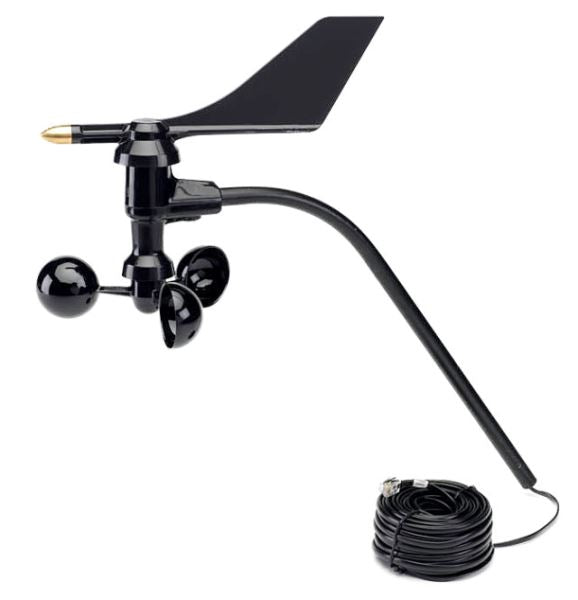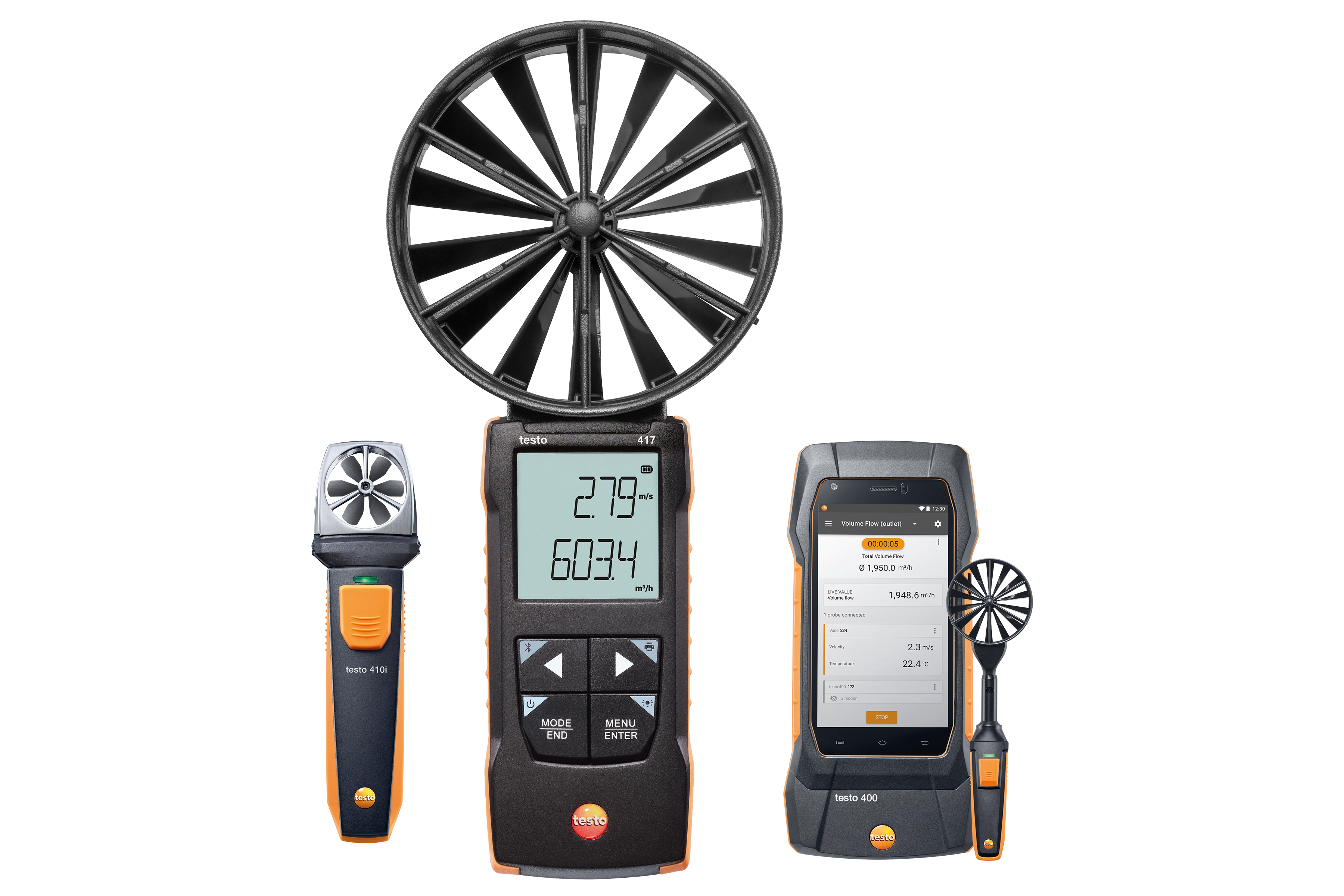Why an Anemometer is Essential for Your Environmental Information Collection
Exploring the Features and Benefits of Anemometers for Climate Fanatics and Professionals
From cup anemometers to sonic anemometers, each kind brings its unique set of applications and benefits, dropping light on numerous elements of atmospheric problems. As we delve right into the functions and advantages of anemometers, a deeper understanding emerges not only of dominating weather condition sensations yet also of the more comprehensive effects for fields like wind power production and environmental study.
Significance of Anemometers in Weather Condition Monitoring
Anemometers play an important role in climate tracking by providing exact dimensions of wind rate, helping in forecasting and understanding climate patterns. These instruments, ranging from traditional mug anemometers to modern-day ultrasonic anemometers, are vital for meteorologists, scientists, and weather fanatics alike.

Sorts Of Anemometers and Their Applications
The most usual types of anemometers include mug anemometers, vane anemometers, hot-wire anemometers, and ultrasonic anemometers. Cup anemometers are composed of three or four mugs placed on straight arms that revolve with the wind, measuring its speed. Vane anemometers, on the various other hand, utilize an easily revolving vane to line up with the wind direction, supplying both wind speed and direction measurements.
Cup anemometers are robust and ideal for general weather monitoring, while vane anemometers are preferred for directional measurements. Ultrasonic anemometers are non-intrusive and supply high accuracy, typically made use of in research study and specialized climate tracking applications.
Benefits of Using Anemometers in Forecasting
In meteorology, the usage of anemometers provides vital advantages for enhancing the precision of climate projecting. Anemometers determine wind speed and instructions, giving vital information for predicting weather condition patterns. By incorporating wind data right into forecasting models, meteorologists can better comprehend the motion of climate systems, expect modifications in weather, and issue extra precise forecasts.
In addition, anemometers play an important duty in analyzing potential climate risks. Monitoring wind speeds aids forecasters forecast serious weather condition occasions such as hurricanes, twisters, and winter months tornados with greater precision. This early caution system allows authorities to issue prompt notifies and carry out essential precaution, minimizing the threats to life and property.
Furthermore, anemometers assist in optimizing eco-friendly power production. By evaluating wind patterns, meteorologists can identify ideal locations for wind farms and predict power output, adding to the efficient generation of wind power.

Anemometers in Wind Energy Manufacturing
Offered the essential role anemometers play in supplying precise wind data for weather condition projecting and hazard evaluation, their importance encompasses the realm of wind energy manufacturing. Anemometers are necessary tools in the field of visit site wind energy, where the dimension of wind rate and direction is critical for establishing the expediency and efficiency of wind turbine installments. By properly gauging wind rates at differing elevations, anemometers help maximize the positioning and layout of wind generators to take full advantage of energy output.
In wind ranches, anemometers are strategically positioned to accumulate real-time wind information that is used to examine the prospective power manufacturing of a site. This data contributes in determining the economic stability of wind power projects and in forecasting energy generation to ensure grid stability. Furthermore, anemometers aid in keeping an eye on wind conditions to optimize generator performance, protect against damages from high winds, and ensure the security of personnel working in the location of wind turbines.
Enhancing Climate Understanding With Anemometers

Anemometers play an essential function in boosting our understanding of microclimates. These local weather conditions can vary dramatically from more comprehensive local forecasts, making it vital to have exact data for certain areas. anemometer. By strategically putting anemometers in different places, researchers can gather comprehensive details on exactly how wind behaves in various surfaces, city settings, or bodies of water
Moreover, anemometers add to improving weather forecasting versions by providing real-time data on wind behavior. This information is especially valuable for anticipating extreme weather condition events, enhancing farming techniques, and sustaining markets like air travel and maritime navigation. Overall, anemometers are important tools that allow us to delve much deeper into the intricacies of weather systems, eventually leading to even more better-informed choices and accurate predictions.
Conclusion
Finally, anemometers play a critical role in weather monitoring and projecting by measuring wind rate and direction. They are essential tools utilized by weather condition lovers and specialists to collect accurate information for anticipating weather patterns and examining prospective influences. Anemometers also have applications in wind power manufacturing, further highlighting their relevance in both meteorology and sustainable power industries. Overall, anemometers add her response to enhancing our understanding of weather condition phenomena and improving projecting capacities. anemometer.
From mug anemometers to sonic anemometers, each type brings its special set of applications and advantages, losing light on various aspects of climatic problems. These tools, ranging from typical mug anemometers to modern ultrasonic anemometers, are essential for meteorologists, scientists, and climate enthusiasts alike. The most typical kinds of anemometers include mug anemometers, vane anemometers, hot-wire anemometers, and ultrasonic anemometers. Mug anemometers are durable and appropriate for general weather condition tracking, while vane anemometers are preferred for directional measurements. Anemometers are necessary instruments in the field of wind energy, where the measurement of wind rate and direction is important for determining the feasibility and performance of wind generator installments.